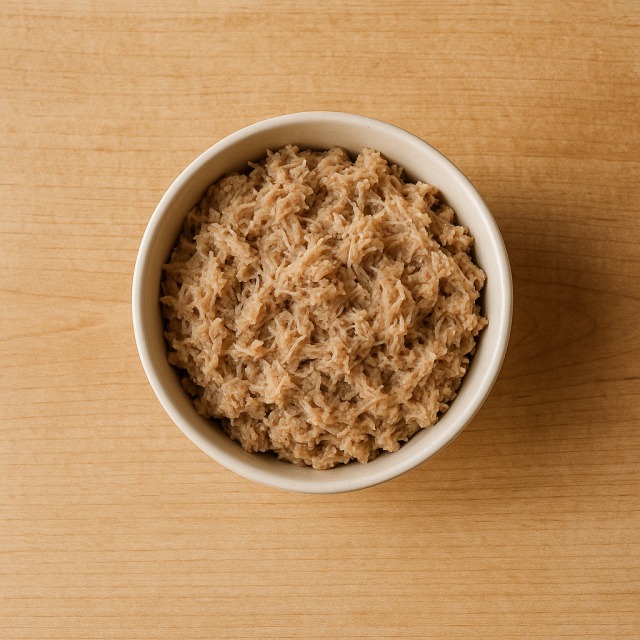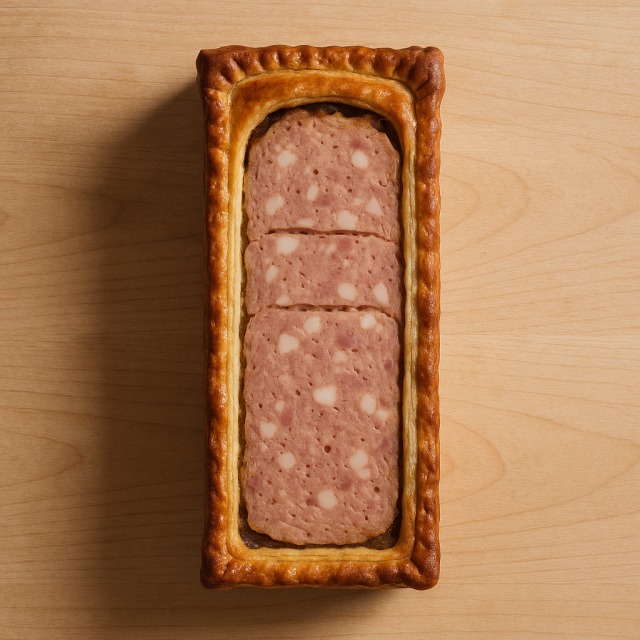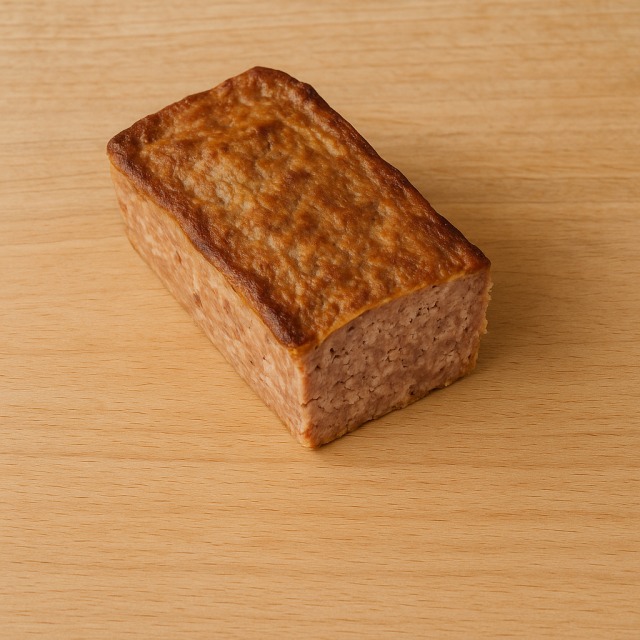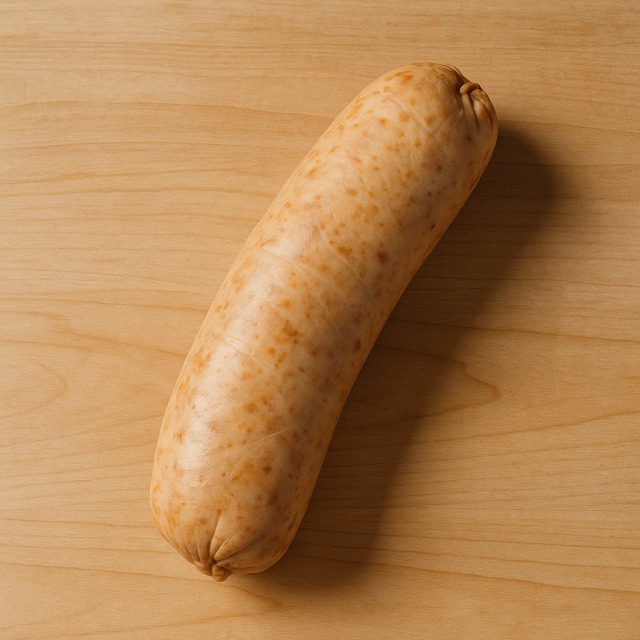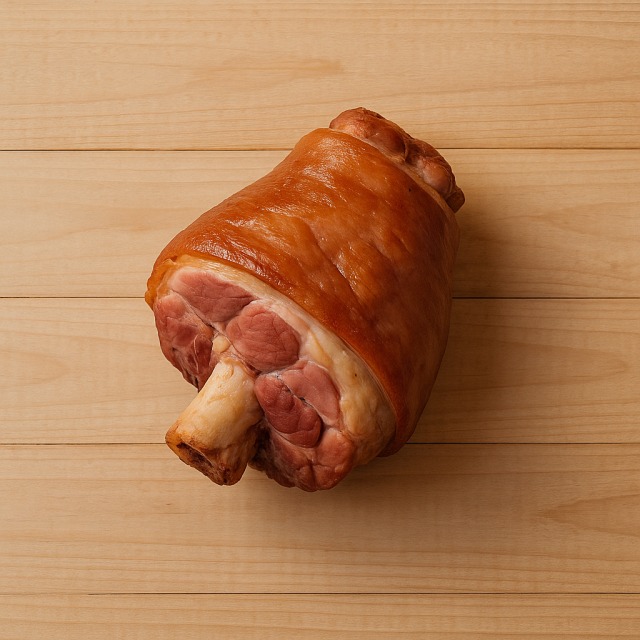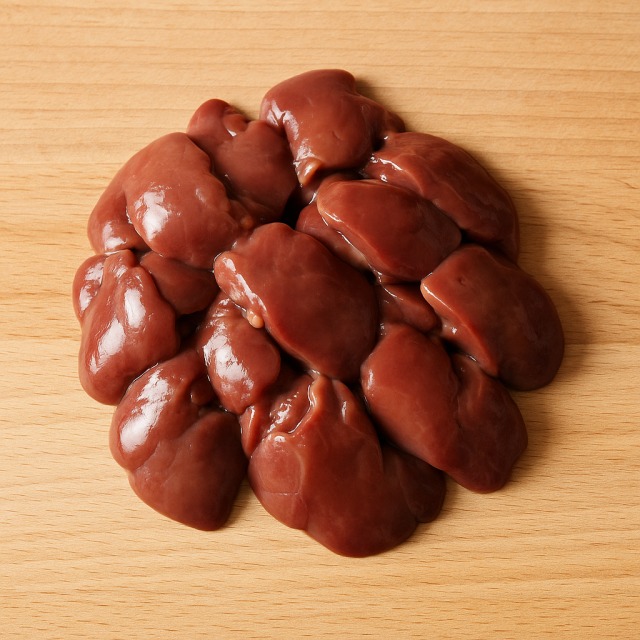Calorie Chart / Meat & Eggs / Pâté - Liver
How Many Calories Are in Liver pâté?
Calculation of the nutritional value & Recommended Dietary Intake of liver pâté
For g and a calorie requirement of kcal
| Calories 150 kcal | Proteins 4 g | Lipids 14 g | Carbohydrates 1.2 g |
| 8% | 5% | 21% | 0% |
Health benefits of liver pâté
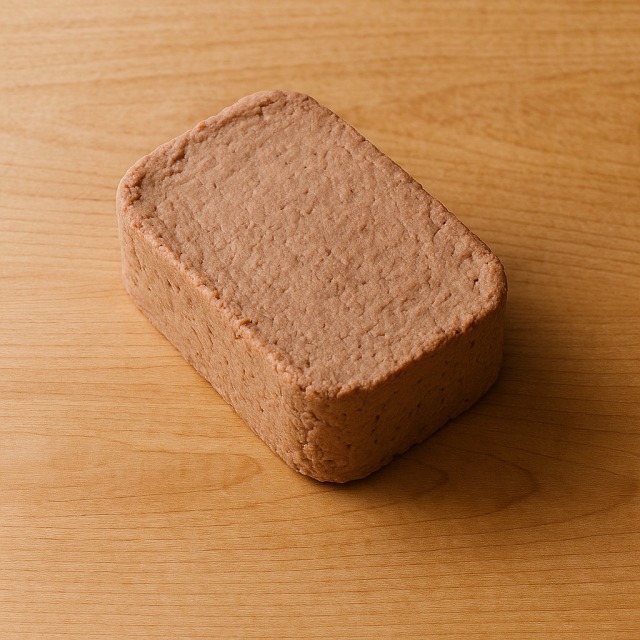
Liver pâté - 100g
Calories 376 kcal
Proteins 10 g
Lipids 36 g
Carbohydrates 3 g
With around 376 calories per 100 g, liver pâté is clearly a high-calorie delicacy, owing to its 36 g of fats per 100 g. Despite its energy density, the spread delivers useful micronutrients that can justify an occasional place in a balanced menu.
Nutritionally, liver pâté stands out for its exceptional concentration of vitamin A (retinol) and vitamin B12. It also supplies heme iron, selenium, zinc, and folate, all of which support red blood cell formation, immunity, and energy metabolism. Heme iron is absorbed more efficiently than the non-heme iron found in plants.
The liver base contributes choline and coenzyme Q10 (supposed benefits for cognition and heart health), plus a small amount of omega-3 fatty acids when pork fat from grain-fed animals is used. On the downside, sodium and cholesterol are significant, so portion control is advisable.
Originating in medieval French charcuterie, "pâté de foie" began as a preservation method for offal before becoming a gourmet staple. Its intense flavour means a little goes a long way, helping you enjoy the taste while keeping calories in check.
Tips for incorporating liver pâté into a balanced diet
Because liver pâté is energy-dense—roughly 113 calories in a 30 g slice—treat it as a condiment. Spread a thin layer on wholemeal bread, then top with crunchy cucumber ribbons and a handful of lamb's lettuce to boost fibre without adding many calories.
For an elegant starter, bake miniature pâtés en croûte and serve them warm alongside steamed broccoli tossed in lemon juice. The vegetable contrast tempers the rich calories of the pâté while adding vitamins C and K.
After a hard workout, fold a spoonful of pâté into hot brown rice with sautéed mushrooms for an express risotto that brings carbohydrates, proteins, and a savoury punch.
Whatever the recipe, limit yourself to one or two thin slices so the calories do not crowd out other nutrient-dense foods over the day. Drinking water or unsweetened herbal tea between bites enhances satiety.
Frequently Asked Questions
- How many calories are in liver pâté?
- There are 376 kcal per 100 g of liver pâté.
- Is liver pâté a good source of proteins?
- Yes. It provides about 10 g of proteins per 100 g, though most of its calories come from fat.
- Can I include liver pâté in a low-calorie diet?
- You can, but keep the serving tiny—15 g brings roughly 56 calories—and pair it with low-calorie foods such as artichoke or asparagus.
- Does liver pâté contain a lot of cholesterol?
- Like most offal, it is high in dietary cholesterol (≈160 mg/100 g). If you monitor blood lipids, watch total saturated fat and overall calories as well.
- Are the calories in liver pâté comparable to those in foie gras?
- No. Foie gras is even richer, averaging 460 kcal per 100 g, whereas liver pâté sits at 376 kcal.
- Does reheating change the calorie content?
- Calories remain virtually the same, but melted fat may drip away, slightly lowering the energy of the portion you finally eat.
- How should I store liver pâté to preserve its nutrients?
- Keep it refrigerated at 0–4 °C and consume within three days of opening. Freezing is possible but may alter texture; wrap portions well to avoid oxidation of vitamin A.
Similar foods
Information provided by Calorie Menu may contain inaccuracies or errors. It cannot, under any circumstances, substitute medical advice or medication.
